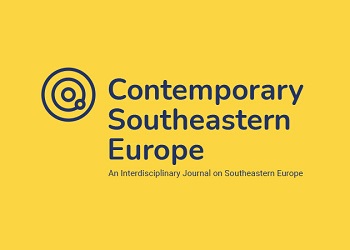The National Folklore Festival of Gjirokastër: An Analysis of its Audiovisual Representation
The National Folklore Festival of Gjirokastër: An Analysis of its Audiovisual Representation
Author(s): Mikaela MingaSubject(s): Customs / Folklore, Recent History (1900 till today), Nationalism Studies, History of Communism, Film / Cinema / Cinematography, History of Art
Published by: Universität Graz
Keywords: Gjirokastra’s National Folklore Festival; Albanian Communism; documentary film; audiovisual representations; archival records; mediatization; ritual;
Summary/Abstract: The Gjirokastra National Folklore Festival has been the most important showcase for staged performances of traditional expressive culture during the Communist regime. It was held every five years in Gjirokastër from 1968. More than 1500 people participated, and almost all Albanian institutions - on local and central levels – were involved in the organization. Alongside, an entire machinery of media coverage was involved, from sound and audiovisual recordings for scholarly purposes to TV broadcasting and the production of documentaries and feature films. My focus is the documentaries produced for each of the five editions, now found in the Albanian Film Archive. Through these films, we engage with the Festival as an event per se and not just as a scene for staged traditional expressive culture. This can shed light on different aspects of audiovisual representation, that is, how it has been captured, shaped, and represented as a cinematic experience. This is not supposed to be just a film analysis but a way of simultaneously engaging and interpreting what we see and hear, through a conjunction between film studies, ethnomusicology and anthropology.
Journal: Contemporary Southeastern Europe
- Issue Year: 11/2024
- Issue No: 2
- Page Range: 100-124
- Page Count: 25
- Language: English

